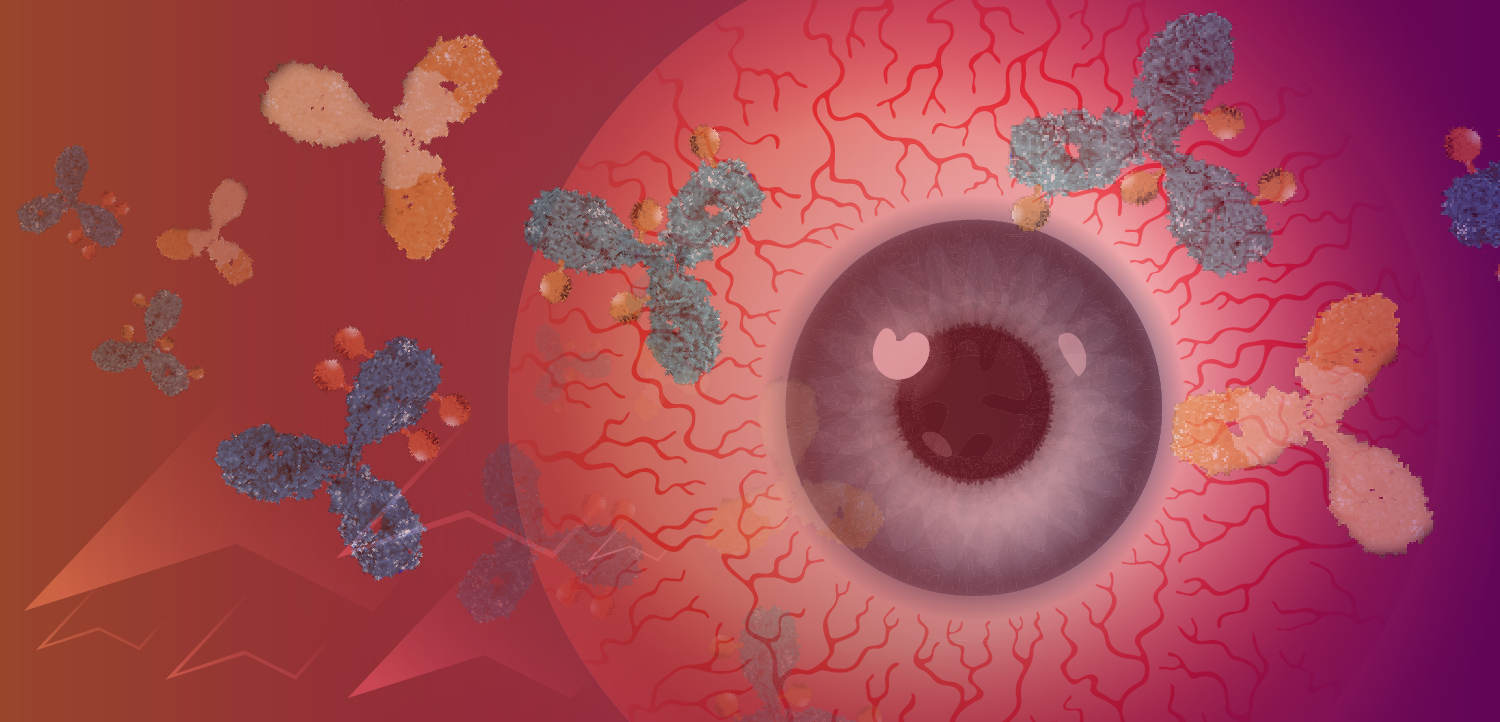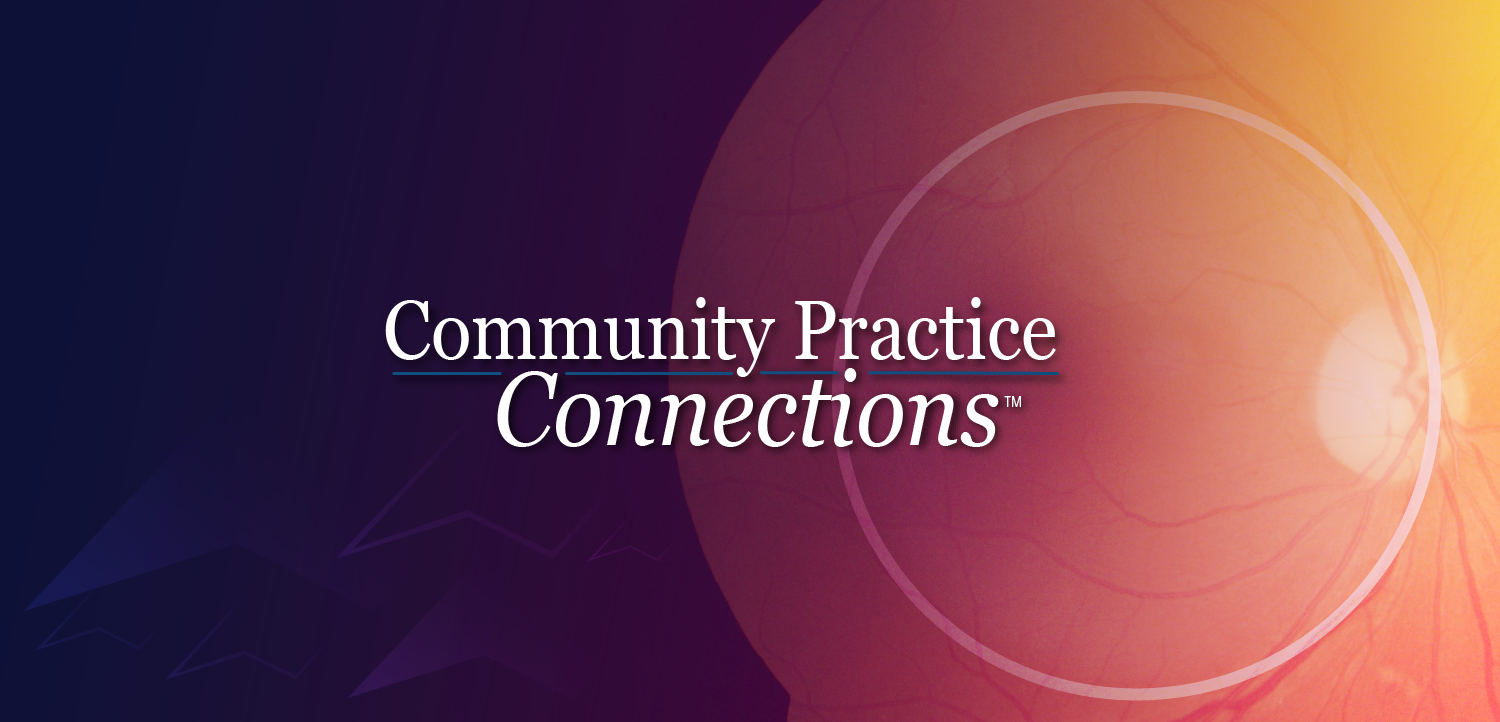Analysis yields precision of femtosecond laser capsulotomy
A femtosecond laser system (Catalys, OptiMedica) is precise and easy to master for creating capsulotomies, according to Juan Batlle, MD, from Centro Laser Santo Domingo, Dominican Republic.
Chicago-A femtosecond laser system (Catalys, OptiMedica) is precise and easy to master for creating capsulotomies, according to Juan Batlle, MD, from Centro Laser Santo Domingo, Dominican Republic.
Dr. Batlle presented the results of a study to analyze the precision of this femtosecond laser for creating capsulotomies. The study included more than 200 cases of femtosecond laser-assisted capsulotomies that were treated with the original platform, not the system that recently has become commercially available. Of these, about 90% were free-floating capsulotomies and all were effective.
“The system also allowed for a fast and simple training period for the surgeons visiting the Dominican Republic, where the study was performed,” Dr. Batlle said. “Within 1 hour of training, the surgeons could perfectly perform docking and create a capsulotomy.”
Dr. Batlle and colleagues compared the manual capsulorhexes with those created with the femtosecond laser for diameter, circularity, and centration. The femtosecond laser group included 68 eyes and the manual group included 29 eyes.
Considering the precision of the intended diameter, the laser group was significantly closer to the intended diameter compared with the manual group (standard deviations, 29 μm versus 248 μm, respectively). The circularity of the laser capsulorhexis was much tighter than that of the manual group (standard deviations, 0.038 versus 0.146, respectively).
“The centration results with this laser were phenomenal,” Dr. Batlle said.
For more articles in this issue of Ophthalmology Times Conference Brief
Newsletter
Don’t miss out—get Ophthalmology Times updates on the latest clinical advancements and expert interviews, straight to your inbox.















































.png)


